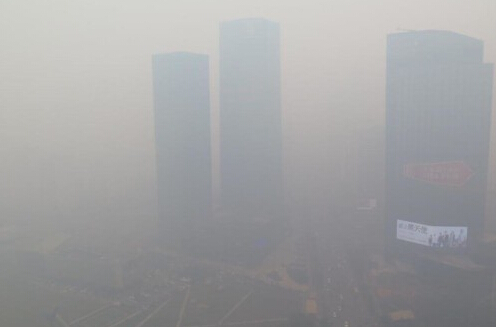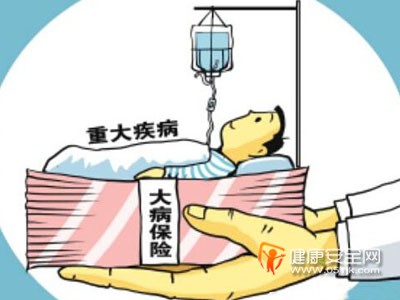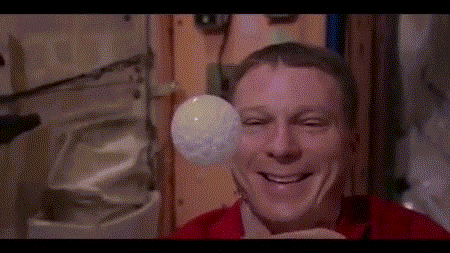
Reheating a takeaway (or if you’re American, take-out) may seem like a good idea at the end of a hard day – but many of us have learnt that there can be a heavy price to pay. Around one million people in the UK suffer food poisoning each year, and it’s often because we have failed to take a few simple steps.
在劳累的一天结束之时,重新加热外卖好像是个不错的主意,但是已经有很多人发现这会让你付出很大代价。每年英国会有大约100万人食物中毒,而这之中很多人都是因为忽略了一些简单的步骤。
In a video, Michael Mosley of the TV program Trust Me I’m a Doctor uses a thermal camera to analyze whether reheated takeaway food is safe or not。
某视频中,Michael Mosley在电视节目《相信我,我是医生》中用热成像摄影机来分析了重新加热的外卖食物是不是还可以安全食用。
As Mosley explains, the trick is to heat the food until it is 82C (176F) throughout to be sure that you can kill any harmful bacteria.
如Mosley分析的,关键在于要将食物从内到外加热到82摄氏度(176华氏度)才能保证你能杀死所有有害细菌。
That’s easier said than done: while the outside may seem to be steaming, the inside could have remained cooler – hosting a pocket of living bacteria. It’s for this reason that it’s important to stir the dish so that all the food is heated evenly.
这说起来容易,做起来难:当食物的外表好像已经开始冒气了,里面却可能比外面凉——这就会让一大堆细菌仍然保持活性。这也是为什么搅拌食物来让食物整个都得到加热很重要。
Even after having followed these steps, you shouldn’t reheat a meal more than once. Each time it cools down, you offer more opportunities for the harmful bacteria to multiply, making it harder to kill them all off the next time you stick them in the oven or microwave.
即使在完成这几步之后,你还是不应该将一餐食物加热超过一次。每一次食物凉下来,都会给有害细菌成倍的生存机会,这会使得下一次你把它们放进烤箱或微波炉加热的时候,杀死全部细菌更难。
This is particularly true for one particular takeaway favorite – rice – which can host spores of a nasty bug called Bacillus cereus. When left in food, the bacteria produces toxins that trigger diarrhea and vomiting. Unfortunately, these toxins are “heat stable” meaning that even if you heat the rice to the point of killing all the bacteria, the toxins will survive – and you’ll soon notice the effects of ingesting those poisons.
尤其对于一种大家都经常外卖的食物——米饭来说,这个问题非常显著。米饭中会存在一种叫做蜡样芽孢杆菌的有害细菌的孢子。当它们留在食物中时,会产生毒素,造成腹泻呕吐。不幸的是,这些毒素具有“热稳定性”,意味着即使你将米饭加热到足以杀死其他细菌的温度,毒素仍然会留下来——而且在你摄入这些毒素之后,不良反应会来得很快。
If you do want to save your leftovers, you should cool the rice quickly – before the bacteria can start churning out those toxins – and refrigerate within an hour of cooking. Otherwise you really are “playing Russian roulette with your guts”, says Mosley.
如果你真的想保存你吃剩的食物,你应该迅速让米饭冷却下来——在细菌产生毒素之前——并且在烹调后的一小时之内冷藏。否则用Mosley的话说,你真的是在“靠勇气玩儿俄罗斯转盘”。





































































































